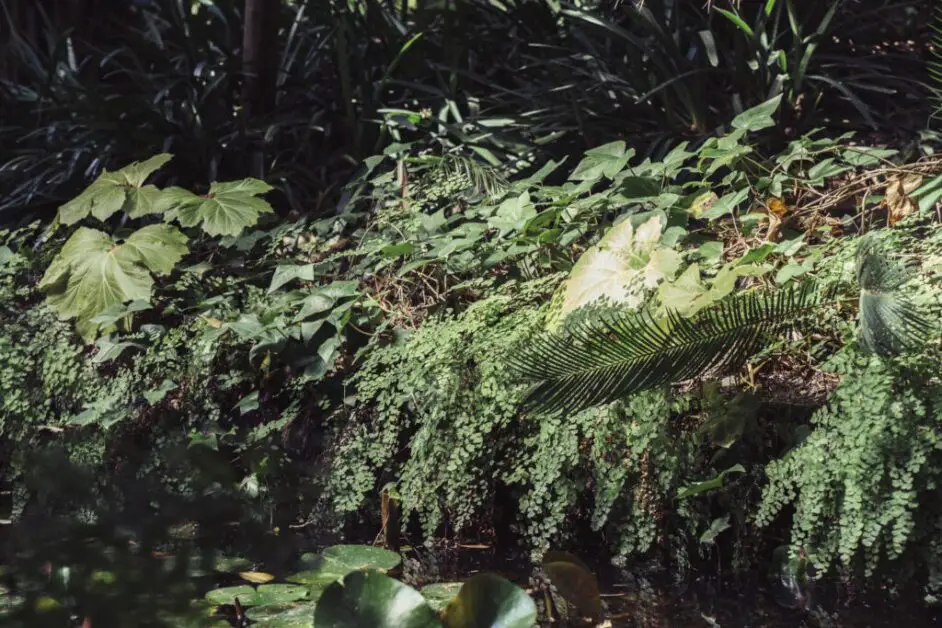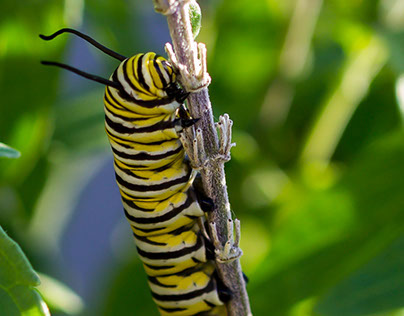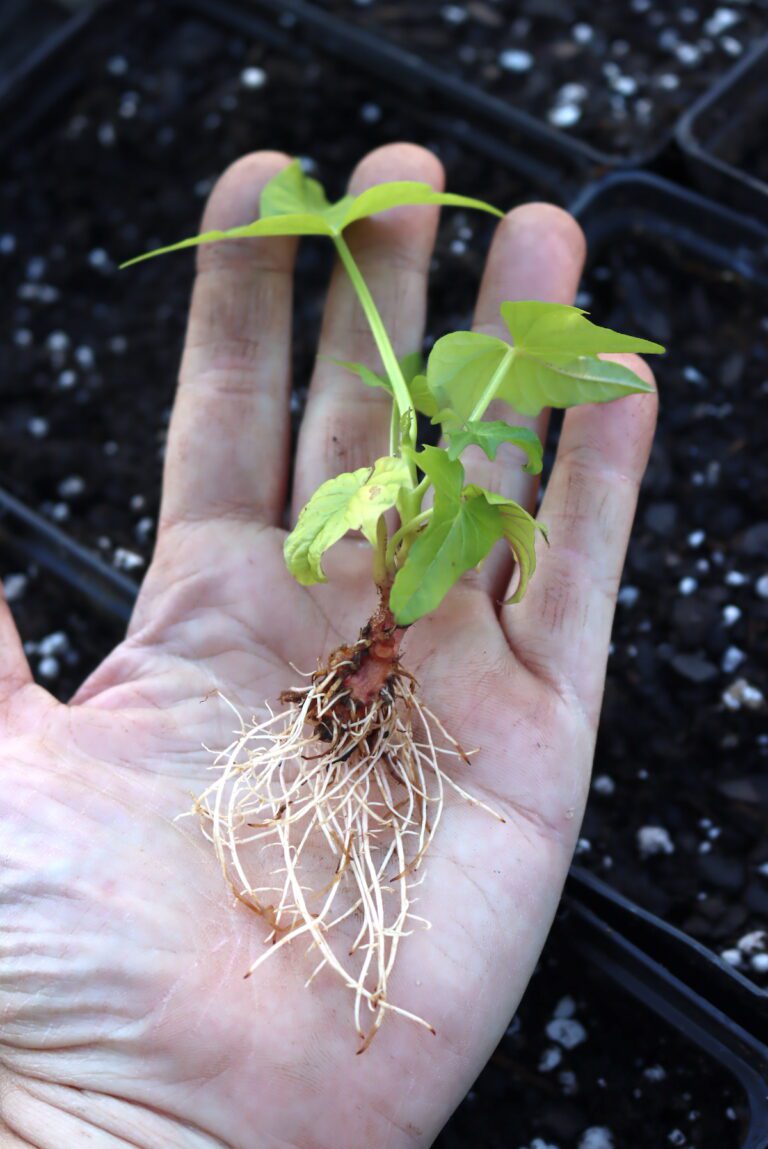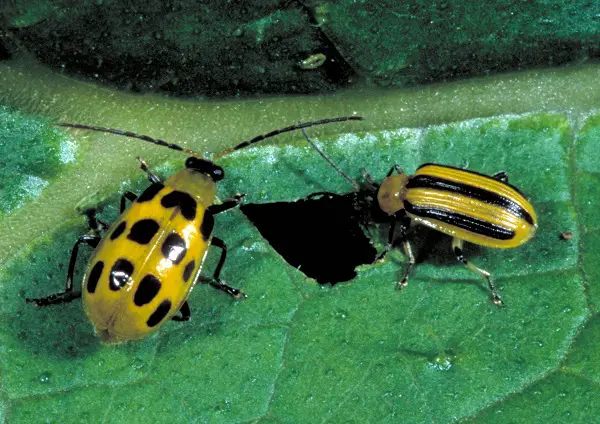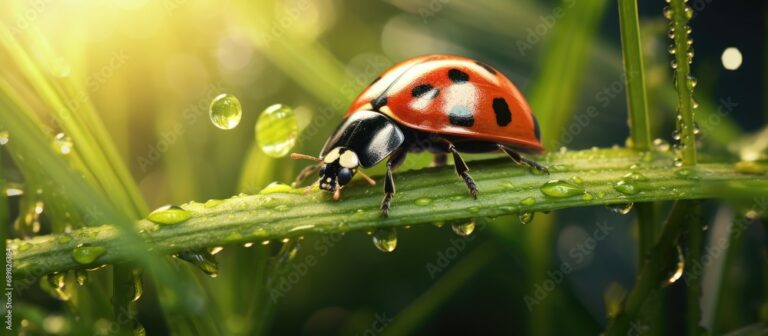How to Repel Stink Bugs: 7 Tips and Tricks to Shield Your Plants from These Bugs
Table of Contents
Understanding the Stink Bug Threat to Your Plants
Stink bugs can pose a significant threat to the health and vitality of your precious plants. These pests, known for their distinct odor when squashed, feed on a wide range of plants, including vegetables, fruits, and ornamentals. Their needle-like mouthparts pierce the plant tissues, sucking out the juices and causing visible damage. Without proper intervention, stink bug infestations can result in reduced yields, deformed fruits, and even complete crop loss.
One of the reasons stink bugs are particularly troublesome is their rapid reproduction rate. Female stink bugs can lay hundreds of eggs, rapidly increasing the population and exacerbating the damage to your plants. Furthermore, stink bugs are highly mobile and can easily move from plant to plant, spreading infestations throughout your garden in no time. It is crucial to understand the threat these pests pose to your plants and take proactive measures to protect them from the devastation caused by stink bug feeding.
Identifying Common Signs of Stink Bug Infestation in Your Garden
Stink bugs can be a nuisance for gardeners, causing damage to a wide range of plants. Identifying the common signs of stink bug infestation in your garden is crucial in order to take decisive action and protect your plants from further harm. One telltale sign of stink bug presence is the appearance of small, discolored spots on the leaves of plants. These spots may initially be yellow or brown, but can turn into black lesions over time. If you notice these spots on your plants, it is important to inspect them further to determine if stink bugs are the culprits.
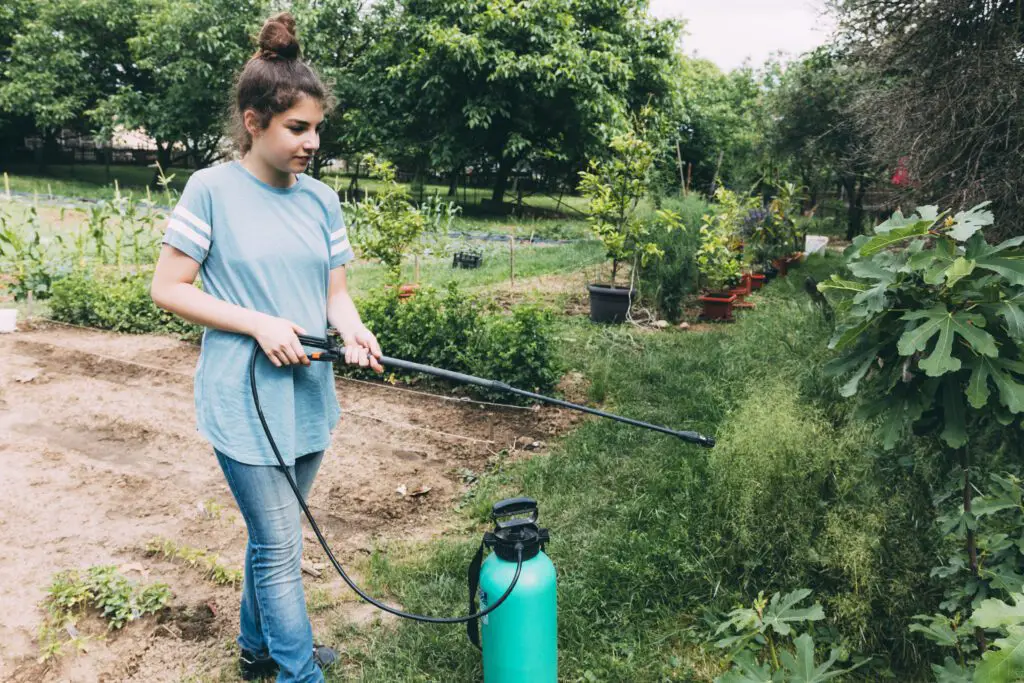
Another indication of stink bug infestation is the presence of feeding damage on fruits and vegetables. Stink bugs primarily feed on the sap found inside fruits and vegetables, causing them to become disfigured or deformed. You may notice that the affected fruit or vegetable has small, sunken areas or pockmarks on its surface. Additionally, stink bug feeding can lead to the production of corky patches or blemishes on certain fruits, making them unpalatable or unsuitable for sale.
Besides physical evidence of stink bug presence, you may also detect a distinct odor that these pests emit when disturbed or crushed. The odor has been described as pungent and unpleasant, similar to a foul or musty smell. If you notice this odor in your garden, it is a strong indication that stink bugs are present and taking measures to control their population is necessary.
Identifying these common signs of stink bug infestation in your garden allows for proactive action to be taken in order to minimize the damage caused by these pests. By staying vigilant and regularly inspecting your plants, you can address the issue promptly and implement effective strategies to protect your garden from further infestation.
Here is a table that summarizes the common signs of stink bug infestation according to the pictures in order of appearance demonstrated in this project:
| Sign | Description |
|---|---|
| 1 | Insect repellent is a bug spray used to discourage insects/pests/insecticides. |
| 2 | Repellents work by emitting strong odors that the stink bugs find unpleasant, causing them to seek other areas to feed and lay eggs. |
| 3 | Leaf stippling: damage is smaller than a pencil eraser at each site . |
| 4 | Masses of light-green or pale yellow eggs on the undersides of leaves from May through August, sometimes in groups of 20-30 . |
Natural Plant-Based Repellents to Deter Stink Bugs
Natural plant-based repellents can be an effective way to deter stink bugs from infesting your garden and causing damage to your plants. These repellents work by emitting strong odors that the stink bugs find unpleasant, causing them to seek other areas to feed and lay eggs. One popular plant-based repellent is garlic. By crushing garlic cloves and mixing them with water, you can create a potent spray that stink bugs find repulsive. Simply spray the mixture onto your plants, paying close attention to the undersides of leaves and other areas where stink bugs tend to gather.
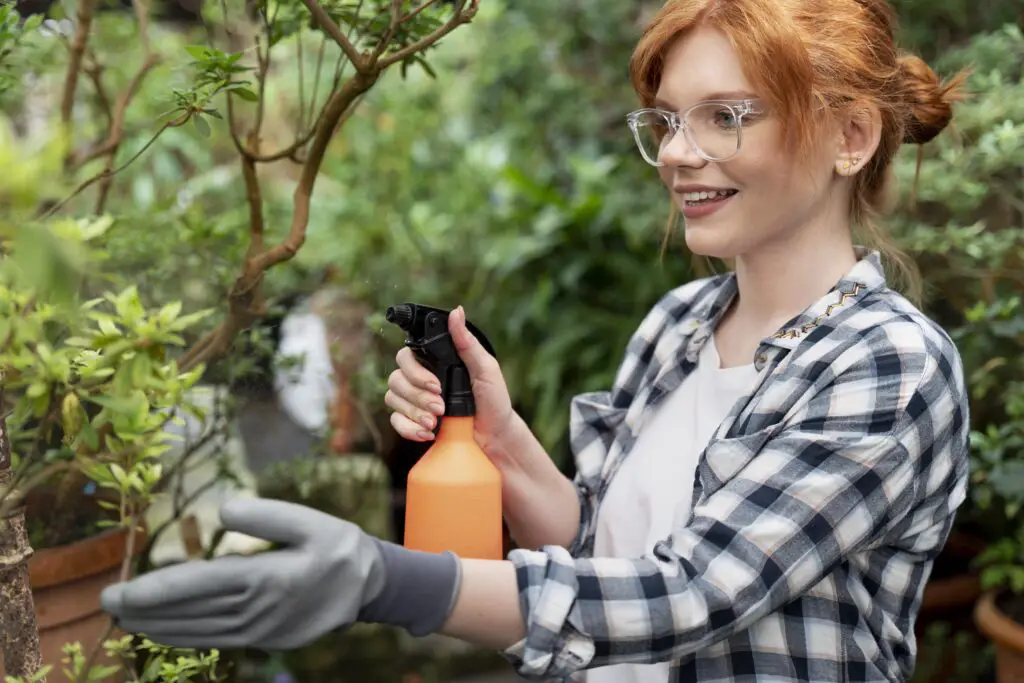
Another effective natural repellent is neem oil. Derived from the neem tree, this oil contains compounds that repel stink bugs and other pests. Dilute the neem oil according to the instructions on the package and spray it onto your plants. Not only will this repel stink bugs, but it can also help prevent other garden pests such as aphids and mites.
It is important to note that while natural plant-based repellents can be effective, they may need to be reapplied regularly, especially after rainfall or heavy irrigation. Additionally, it is always a good idea to test these repellents on a small area of your plants before applying them to the entire garden to ensure they do not cause any adverse effects. By incorporating natural plant-based repellents into your pest control regimen, you can create an environment that discourage stink bugs from invading your garden and help protect your plants from their destructive feeding habits.
How to Identify & Control Common Garden Pests by inspecting through leaf signatures.
Utilizing Physical Barriers to Protect Your Plants from Stink Bugs
Utilizing physical barriers is an effective technique to protect your plants from stink bugs. These pests are known for their ability to wreak havoc on gardens, but there are several options available to prevent them from damaging your plants. One of the simplest and most reliable methods is to install a physical barrier around your garden or individual plants.
One popular option is using row covers made of insect mesh or fine mesh netting. These covers create a physical barrier that prevents stink bugs from accessing your plants. Simply place the cover over your plants, ensuring that it is securely fastened to the ground to prevent any gaps. This method not only keeps stink bugs out but also protects your plants from other pests and adverse weather conditions. Row covers can be left in place throughout the growing season, providing continuous protection for your plants.
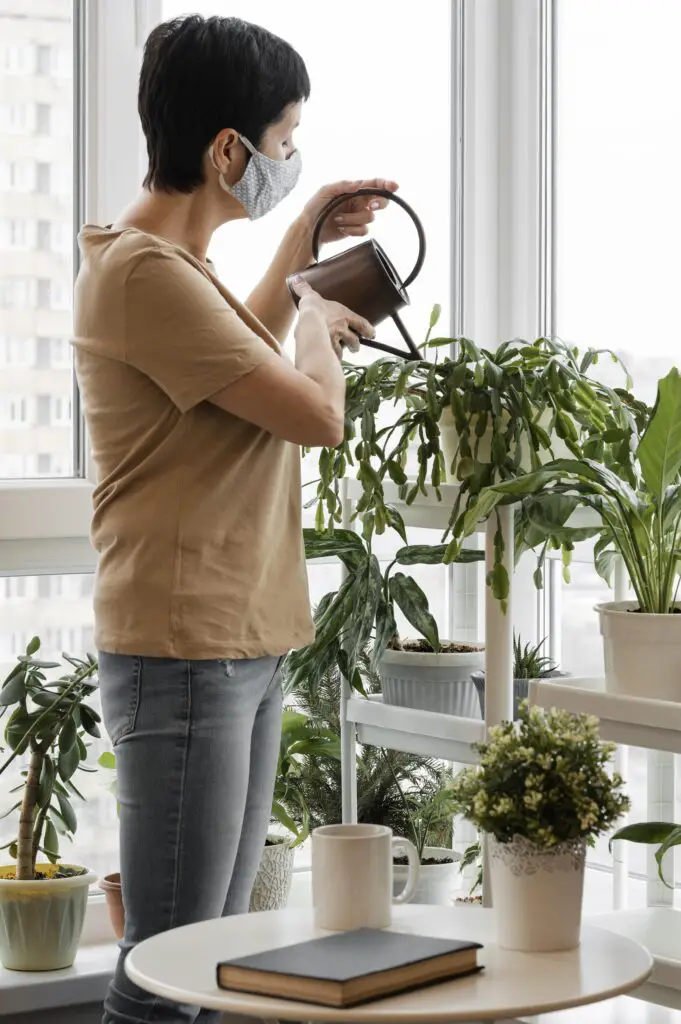
Another physical barrier technique is the use of floating row covers. These lightweight covers are made from spunbond polypropylene fabric, which allows sunlight, air, and water to reach your plants while protecting them from stink bugs. Floating row covers can be draped directly over your plants or attached to stakes or hoops to create a protective tunnel. This method is particularly effective for crops that are prone to stink bug damage, such as tomatoes, peppers, and beans.
By utilizing physical barriers, you can create a formidable defense against stink bugs and safeguard your plants from their destructive feeding behavior. However, it’s important to regularly monitor the barrier for any signs of damage or wear to ensure its effectiveness. Stay vigilant and take proactive measures to keep your garden free from these pesky pests.
Properly Maintaining Garden Hygiene to Minimize Stink Bug Attraction
Maintaining proper garden hygiene is crucial for minimizing stink bug attraction and reducing the risk of infestation. Stink bugs are drawn to decaying organic matter, so regular clean-up of fallen leaves, dead plants, and other debris is essential. Take the time to remove any weeds or overgrown vegetation, as they can provide hiding spots for stink bugs and create favorable conditions for their reproduction.
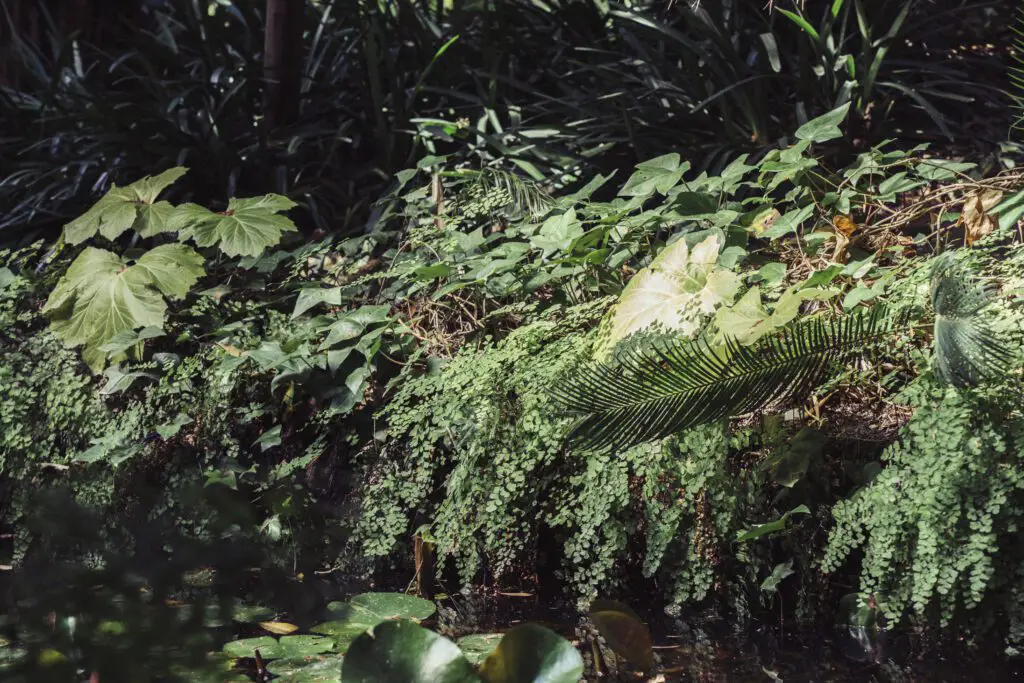
Additionally, it is important to maintain good airflow in your garden. Stink bugs are attracted to stagnant environments, so ensure that plants are spaced appropriately, allowing for proper air circulation. This will not only discourage stink bugs but also promote overall plant health. Keep in mind that dense foliage can create a humid environment, which stink bugs thrive in. Regular pruning can help thin out dense growth and improve air circulation, making your garden less appealing to these pests.
How to keep you garden in preventive maintenance.
By adopting these simple garden hygiene practices, you will create an environment that is less attractive to stink bugs. However, it is important to remember that proper garden hygiene alone may not eliminate the risk of infestation entirely.
Take Note on how to explore other preventive measures to effectively protect your prized plants from stink bug damage.
1. Regularly clean up fallen leaves, dead plants, and other debris to remove potential food sources for stink bugs
2. Remove weeds and overgrown vegetation that can provide hiding spots for stink bugs
3. Maintain good airflow by spacing plants appropriately to discourage stagnant environments
4. Prune regularly to thin out dense foliage and improve air circulation in the garden
5. Remember that proper garden hygiene alone may not completely eliminate the risk of stink bug infestation1
Here is a table that summarizes the steps to properly maintain garden hygiene and minimize stink bug attraction:
| Step | Description |
|---|---|
| 1 | Remove weeds, overgrowth, and debris to prevent stink bugs from having hiding spots . |
| 2 | Clean your garden regularly to keep stink bug numbers down. |
| 3 | Add physical barriers like row covers to prevent stink bugs from accessing your plants . |
| 4 | Use natural repellents like diatomaceous earth, garlic spray, and mint to repel stink bugs . |
| 5 | Exercise caution when considering insecticides and prioritize the use of biological control agents for sustainable garden pest management . |
Incorporating Companion Plants to Repel Stink Bugs Naturally
When it comes to repelling stink bugs naturally, incorporating companion plants into your garden can be an effective strategy. Companion planting is the practice of growing different plants together for their mutual benefits. Certain plants release chemicals or scents that repel stink bugs, making them a great addition to your garden.
One example of a companion plant that can help deter stink bugs is the marigold. Marigolds emit a strong scent that stink bugs find unpleasant, causing them to stay away. Planting marigolds around your vegetable garden or in pots near your plants can act as a natural deterrent. Another companion plant that can work well against stink bugs is the catnip. Not only will catnip attract and entertain your feline friends, but it will also repel stink bugs. The strong scent of catnip acts as a natural repellent, making it a valuable addition to your garden.
Incorporating companion plants to repel stink bugs naturally is a great way to protect your plants from these pesky pests without the use of chemicals. By strategically planting marigolds and catnip, you can create an environment that stink bugs find unappealing, keeping them at bay. So, consider adding these companion plants to your garden and enjoy a stink bug-free growing season.
Creating a Stink Bug Trap to Reduce the Population in Your Garden
Stink bugs can be a nuisance for gardeners, causing damage to plants and disrupting the overall health of your garden. To reduce their population, creating a stink bug trap can be an effective and natural solution. These traps work by attracting the bugs to a specific location where they can be captured and removed from your garden.
There are various types of stink bug traps available on the market, but a simple homemade trap can be just as effective. One option is to use a plastic bottle with the top cut off and a mixture of water and dish soap placed inside. The bugs are attracted to the scent of the soap and will be lured into the trap. Another option is to use a light trap by placing a desk lamp near a white sheet or towel in your garden at night. Stink bugs are attracted to light and will accumulate on the sheet, making them easier to remove.
Remember to check your trap regularly and dispose of any captured stink bugs properly. It’s also crucial to place traps strategically in areas where stink bugs are known to gather, such as near plants that attract them. By implementing a stink bug trap, you can significantly reduce their population and protect your garden from their destructive impact.
Implementing Organic Insecticides as a Last Resort for Stink Bug Control
Organic insecticides can be a last resort for controlling stink bugs in your garden. While it is recommended to use natural and preventive methods to deter stink bugs, sometimes the infestation can become severe and drastic measures need to be taken. Organic insecticides derived from natural sources can help in reducing stink bug populations and protecting your plants.
One effective organic insecticide for stink bug control is pyrethrin. Pyrethrin is derived from chrysanthemum flowers and is known for its insecticidal properties. It targets the nervous system of stink bugs, causing paralysis and ultimately death. Pyrethrin is an effective option for gardeners who want to avoid using synthetic chemicals. However, it is important to follow the instructions and precautions provided by the manufacturer when using any insecticide.
Regularly Inspecting Your Plants for Stink Bug Eggs and Nymphs
Regularly inspecting your plants for stink bug eggs and nymphs is an essential step in preventing and controlling an infestation. Stink bugs are notorious for laying their eggs on the undersides of leaves, where they can go unnoticed. By conducting regular inspections, you can detect these eggs and nymphs early on and take appropriate measures to eliminate them before they cause significant damage to your plants.
When inspecting your plants, focus your attention on the undersides of the leaves, as this is where stink bugs prefer to lay their eggs. Look for clusters of small, barrel-shaped eggs that are often laid in characteristic hexagonal patterns. These eggs can vary in color depending on the species, ranging from pale yellow to green or white. Be thorough in your inspections, as missing even a few eggs can lead to a rapid increase in stink bug population.
In addition to eggs, it is crucial to keep an eye out for stink bug nymphs. Nymphs are immature stink bugs that resemble smaller versions of adult stink bugs but lack fully developed wings. They tend to congregate near the eggs, feeding on the same plant tissues. Nymphs can cause considerable damage to your plants, so identifying and eliminating them early on is crucial to preventing a full-blown infestation.
By maintaining a vigilant approach and regularly inspecting your plants for stink bug eggs and nymphs, you can stay one step ahead of these pests and safeguard your garden from their destructive presence.
Understanding the Role of Temperature and Humidity in Stink Bug Infestations
Temperature and humidity are key factors that influence stink bug infestations in gardens. Stink bugs, like many insects, are cold-blooded creatures whose development and activity are greatly affected by environmental conditions.
For temperature, stink bugs thrive in warm climates, with optimal temperatures for their development ranging between 70 to 90 degrees Fahrenheit. At these temperatures, stink bugs are more active and breed more rapidly. However, excessive heat can also impact their survival, as prolonged exposure to temperatures above 100 degrees Fahrenheit can be fatal to both adult stink bugs and their eggs. On the other hand, extreme cold temperatures during winter can cause stink bugs to seek shelter and overwinter, often in homes or other protected areas.
Humidity levels also play a role in stink bug infestations. Stink bugs are more prevalent in areas with high humidity, as these conditions promote their growth and reproduction. Moist environments provide suitable breeding and feeding grounds for stink bugs, allowing them to thrive and multiply. However, excessively dry conditions can have detrimental effects on stink bug survival, particularly during their nymphal stage. Low humidity can cause dehydration and limit their ability to molt and develop properly.
Understanding the relationship between temperature, humidity, and stink bug infestations is crucial for effective pest control. By monitoring and adjusting these environmental factors, gardeners can implement preventive measures and minimize the risk of stink bug activity in their gardens.
Removing Stink Bugs by Hand: Effective Techniques and Safety Precautions
Stink bugs can be a persistent nuisance for gardeners, often causing significant damage to plants and crops. While there are various methods available for stink bug control, removing them by hand remains a popular and effective technique. However, it is essential to approach this task with caution to ensure both your safety and the wellbeing of your garden.
When removing stink bugs by hand, it is crucial to wear protective gloves to prevent any potential skin irritation or allergic reactions. Gently approach the stink bug and carefully grasp it between your fingers or use a small container such as a jar or plastic bag to capture it. Avoid crushing or squishing the insect, as this could release its pungent odor, which can be unpleasant and difficult to eliminate. Dispose of the captured stink bugs by sealing the container tightly and either placing it in the freezer for several hours or submerging it in soapy water, effectively eliminating the pests.
In summary, removing stink bugs by hand can be an effective technique in controlling their population in your garden. However, it’s essential to approach the task safely by wearing protective gloves and taking care not to release their unpleasant odor. With these precautions in mind, manually removing stink bugs can be an efficient method to safeguard your plants and maintain a healthy garden ecosystem. However, it is essential to remember that this method may not be suitable for severe infestations, and seeking professional assistance might be necessary.
Seeking Professional Assistance for Severe Stink Bug Infestations
When facing a severe stink bug infestation in your garden, it may be necessary to seek professional assistance for effective control and management. While DIY methods can often provide satisfactory results, in certain cases, the expertise of a professional may be needed to fully eradicate the infestation and prevent future occurrences.
Professional pest control companies have the knowledge and experience to assess the extent of the infestation and determine the most appropriate course of action. They are trained in identifying specific species of stink bugs, as well as understanding their behavior and life cycles. This expertise enables them to devise targeted strategies and implement them in a safe and effective manner.
Moreover, professionals have access to a wider range of pest control products that may not be readily available to the general public. These products are specifically formulated to eliminate stink bugs and address your unique infestation. Additionally, they can provide valuable guidance on preventive measures and offer advice on maintaining a pest-free garden in the long run.
When considering professional assistance, it is important to choose a reputable and licensed pest control company. Seek recommendations from friends, family, or gardening communities, and ensure that the company has experience dealing with stink bugs. A thorough evaluation and consultation with the professionals will help you make an informed decision and regain control over your garden.
Long-Term Strategies for Preventing Future Stink Bug Infestations in Your Garden
Long-term strategies for preventing future stink bug infestations in your garden are essential to maintaining the health and productivity of your plants. While dealing with a stink bug problem in the present may be challenging, implementing preventive measures can significantly reduce the chances of future infestations. One effective strategy is to incorporate companion plants that naturally repel stink bugs. By interplanting species like marigolds, catnip, or garlic with your vulnerable plants, you create an environment that stink bugs find unattractive.
Maintaining good garden hygiene is another pivotal tactic to prevent stink bug infestations in the long run. Stink bugs are drawn to decaying plant matter and debris that provide them with both food and shelter. Regularly clearing fallen leaves, grass clippings, and other organic materials from the garden can significantly minimize the attractiveness of your garden to stink bugs. Additionally, removing damaged or overripe fruits and vegetables promptly can help reduce stink bug populations as they are attracted to these food sources. By implementing these simple yet effective long-term strategies, you can create an inhospitable environment for stink bugs and safeguard the vitality of your garden.
To know in detailed please go through the video!
How do stink bugs affect plants in the garden?
Stink bugs can cause significant damage to plants in the garden by piercing the fruit or leaves and sucking out the juices. This feeding can lead to blemishes, discoloration, and even the death of the plant.
What are some natural plant-based repellents that can deter stink bugs?
Some natural plant-based repellents that can deter stink bugs include garlic, neem oil, and hot pepper spray. These repellents can create an unpleasant environment for stink bugs and deter them from infesting your garden.
What are physical barriers and how can they protect plants from stink bugs?
Physical barriers, such as netting or row covers, can be used to physically block stink bugs from reaching your plants. These barriers create a physical barrier that prevents stink bugs from landing on or feeding on your plants.
How should garden hygiene be maintained to minimize stink bug attraction?
Garden hygiene can be maintained by regularly removing fallen leaves, fruits, and debris from the garden. Stink bugs are attracted to decaying organic matter, so keeping the garden clean and tidy can help reduce their attraction.
To know more about.Please check the video!
Can companion plants help repel stink bugs naturally?
Yes, certain companion plants can help repel stink bugs naturally. Plants such as marigolds, catnip, and tansy are known to have repellent properties against stink bugs. By interplanting these companion plants with your vulnerable plants, you can help deter stink bugs from infesting your garden.
How can I create a stink bug trap to reduce their population in my garden?
To create a stink bug trap, you can use a simple DIY trap made with a light source, a shallow pan with soapy water, and a ramp for the bugs to climb. Stink bugs are attracted to light and will be lured into the pan, where they will drown in the soapy water.
When should organic insecticides be used for stink bug control?
Organic insecticides should only be used as a last resort for stink bug control when all other prevention and management methods have failed. It is important to follow the instructions on the insecticide label and use it sparingly to minimize any potential harm to beneficial insects and the environment.
How do temperature and humidity affect stink bug infestations?
Stink bugs are more active and reproduce faster in warm and humid conditions. High temperatures and humidity can create favorable conditions for stink bug populations to thrive and increase their infestation in your garden.
What are effective techniques for removing stink bugs by hand?
When removing stink bugs by hand, it is important to wear gloves and handle them carefully to avoid their defensive odor. One effective technique is to use a vacuum cleaner with a long hose attachment to suck up stink bugs. Another technique is to use a jar or container filled with soapy water to drop the stink bugs in.
When should professional assistance be sought for severe stink bug infestations?
Professional assistance should be sought for severe stink bug infestations when the infestation is widespread, causing significant damage to plants, and traditional methods of control have been ineffective. Pest control professionals have the expertise and specialized tools to effectively manage and eliminate severe stink bug infestations.
How can future stink bug infestations be prevented in the garden in the long term?
To prevent future stink bug infestations in the garden in the long term, it is important to implement a combination of strategies such as using physical barriers, practicing good garden hygiene, incorporating companion plants, and regularly inspecting plants for stink bug eggs and nymphs. These proactive measures can help deter and control stink bugs, reducing the likelihood of future infestations.

Suyash Dhoot, editor at SouthElMonteHydroponics.com, is a pioneering force in hydroponics. His expertise spans nutrient solutions and cutting-edge technology. Through meticulous editing, he elevates the site to a beacon of knowledge, offering invaluable insights. Dhoot’s dedication shapes a greener, more efficient future for agriculture.

